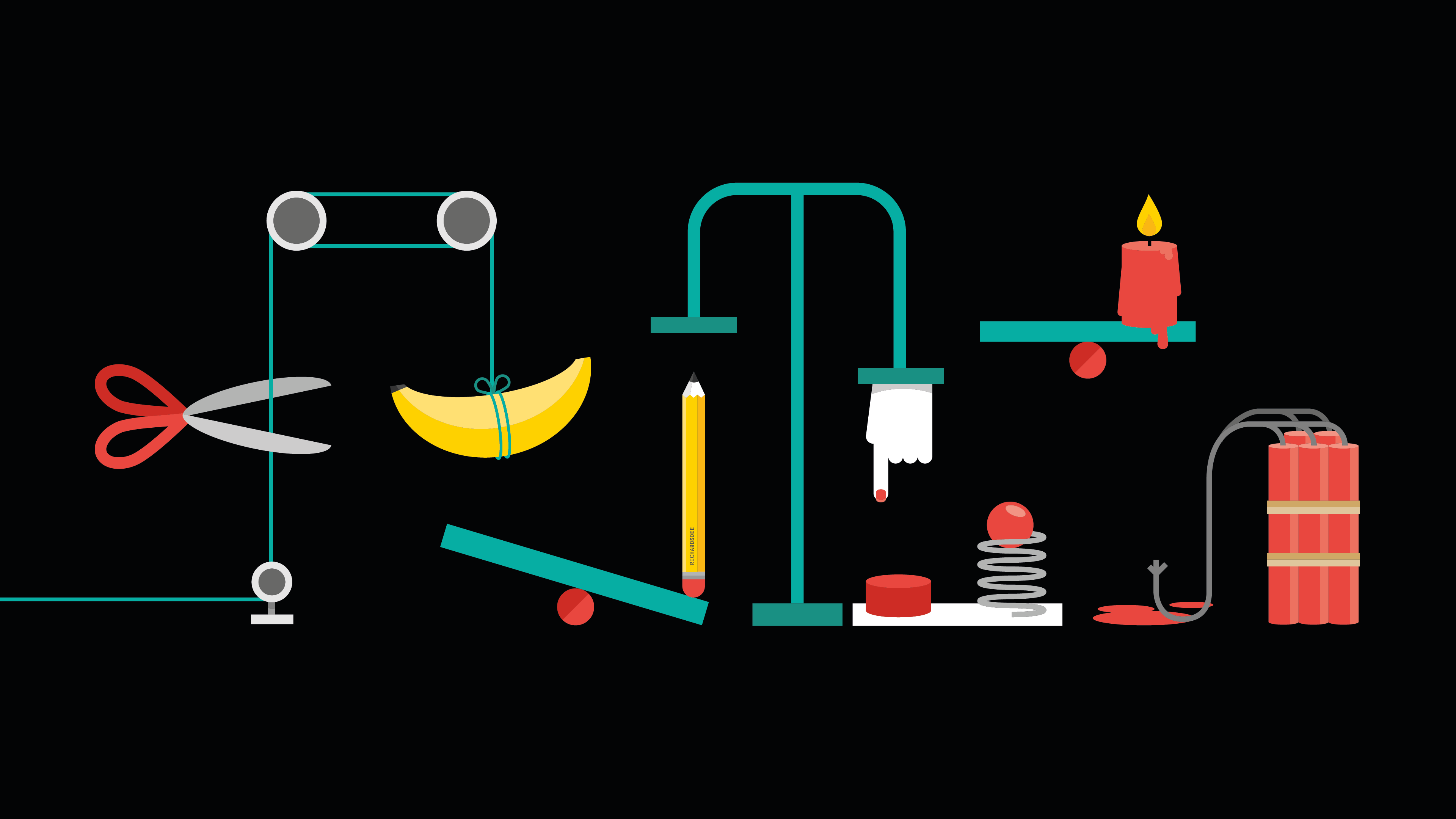A recent article by Gillian Tett highlighted the concept of ‘normalisation of deviance’. This concept was identified by Nasa twenty years ago, and highlights that disasters cannot always be blamed on a single, catastrophic decision by a leader. Instead, they often occur because people inside institutions start to make numerous small decisions that stealthily change their concept of normality. Simply put, breaches that appeared so small, became the norm, until a significant event happened that demonstrated the complacency – in this case the Challenger disaster. While this tragic event cannot be compared with the management of a brand identity, the concept is very relevant to show how brands and brand experiences can weaken over time through actions, behaviours and communications that have not been considered through the brand lens.
Strong and meaningful brands are focused, cohesive and motivating, but when brand applications and brand experiences break the rules – however small – this becomes the new norm, and the accepted way of doing things. This is until a tipping point emerges and the brand appears fragmented and starts to lose its credibility and position, allowing competitors in, or it results in a brand that fails to inspire and motivate.
It’s very easy to focus on the exciting, big ticket marketing applications, but a badly worded or laser printed directional sign, a small shift in the reproduction of colour on a brochure, inconsistent typography in digital comms, an uncared for reception, deviation in tone of voice or a general lack of attention to detail – all amount to small changes to a brand that can contribute to the breakdown of a strong brand identity. In all cases, good intentions were at the root of the actions, but it is a consistent issue that we see with companies – not paying enough attention to the small items, all of which add up to ensure that the customer experience is seamless.
So, what can be done to minimise the impact of ‘the normalisation of deviance’ in branding?
- Understanding – anyone who has the responsibility to implement a brand touchpoint – however small – needs to understand the personality, parameters and the rules of the brand. This can only be done through proactively sharing what the brand stands for, the brand assets and the expected brand standards.
- Tools – To apply the brand consistently and with expedience, branding tools are required to produce communications to exacting standards. This may include digital guidelines that everyone can access easily; standards for all types of communication; or prototyping and visualisation to establish best practice and lead by example.
- Management – Constant care and attention is required to manage the brand at ground level and from a strategic point of view. Attention to detail is key across all applications ensuring the customer experience is seamless. Any applications deemed “not on brand” need to be removed and made good.
- Energy – Passion for the brand and continuous improvement requires energy and commitment – it requires getting people on board with the vision and instilling in them the drive to make it happen. There is no room for complacency or an ‘it will do’ attitude. Either will result in a weakness in your brand. Nor is it a 9 to 5 job. If you see an issue, and inconsistency or an application that does not make you feel proud, then fix it.
